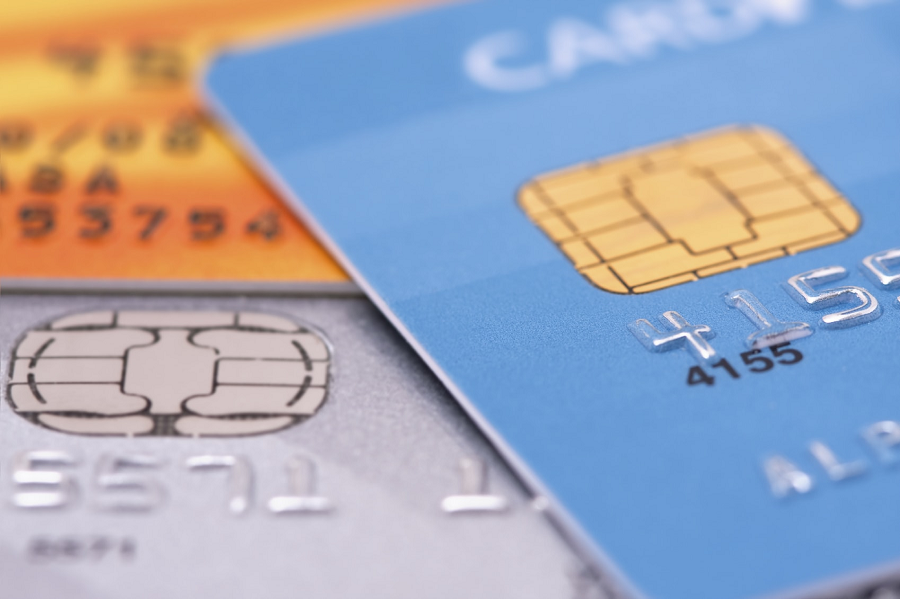
A smart card, also known as a chip card or integrated circuit card is a type of pocket-sized card embedded with integrated circuits that can help process data. Smart cards can receive input which is processed with the help of ICC applications and delivered as an output. A smart card is more like a plastic card that comes embedded with a computer chip for storing and transaction the data between different users.
Smart card technology ameliorates the convenience and security of any transaction. The card also provides tamper-proof storage of user and account identity, key components of system security for exchanging data virtually through any type of network. Simply put, smart cards protect against a full range of security threats. Smart cards may have up to 8 kb of RAM, 346 kb of ROM, 256 kb of programmable ROM, and a 16-bit microprocessor. The smart card technology makes use of a serial interface and receives its power from external sources like a card reader. There are two general categories of smart cards:
Contact Smart Cards- A contact smart card must be inserted into a small card reader with a direct connection to a conductive contact plate on the surface of the card. Transmission of commands, data and card status happens over these physical contact points.
Contactless Smart Card – A contactless smart card needs only close proximity to a reader. Both the reader and the card have antennae, and the two of them communicate by making use of radio frequencies over the contactless link. Most contactless cards derive power for the internal chip from this electromagnetic signal.
Moreover, two additional categories of smart cards are dual-interface cards and hybrid cards.
Applications of Smart Card Technology
Let us take a look at some of the most common applications of smart card technology:
- Credit cards
- Electronic cash
- Computer security systems
- Wireless communication
- Banking
- Satellite TV
- Government identification
*Chip-enabled smart cards
4 Steps to Construct a Smart Card
- The very first step involves designing. Basically, it involves specifying the chip for memory size, clock speed, volatile memory types, specifying the card type, and some additional features.
- The second step involves chip fabrication. It basically involves mounting the silicon chip on an epoxy glass substrate with gold plated connectors, using a die.
- The third step involves loading the code to the memory using some special commands.
- The fourth step comprises of data loading into the PROM memory like data pertaining to the single person.
What is the Use of Smart Cards?
Stored Value
The primary use of smart cards is stored value, especially loyalty programs that track and incentivize repeat customers. Simply put, the stored value is more comfortable and much safer than cash.
Securing Information
Apart from the information security, smart cards come with greater physical security of services and equipment, as the card restricts access to all except the authorized user.
E-commerce
Smart card technology makes it easy for consumers to safely store information and cash for purchasing. The smart card can carry personal account, credit and buying preference information that can be accessed with a click instead of just filling out forms.
Personal Finance
Customer can use smart card technology for fast, 24-hour electronic funds transfers over the internet.
Health Care
Smart cards help in instant identification of patients; enhanced treatment as they are a comfortable way to transfer data between systems or without the systems.
To conclude, a smart card is, of course, a personal and portable device with a unique cardholder. The smart-card plastic is usually personalized, providing an even stronger binding to the cardholder. For instance, a healthcare application might choose to feed prescription information in the card vs on paper in order to enhance the accuracy and privacy of patient prescriptions.

